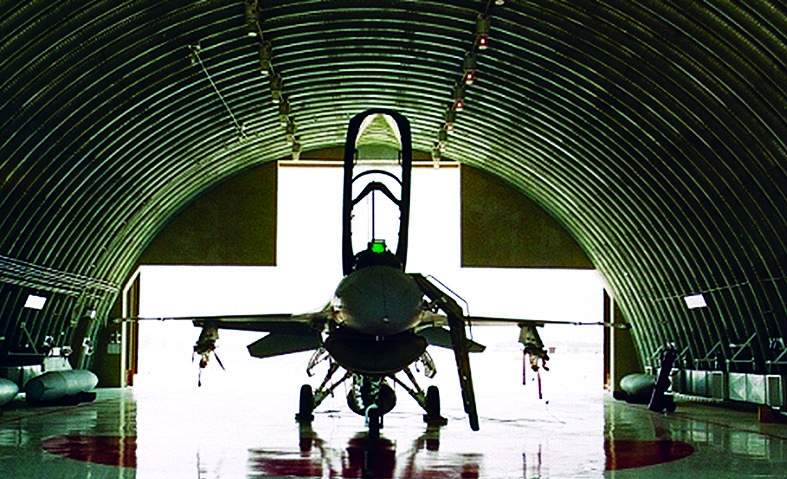 Events in Europe and the Middle East prompted the Corps of Engineers to realign the overseas elements serving these regions. In February 1991, the Transatlantic Division was formed with its headquarters in Winchester, Virginia, multiple area and resident offices in the Middle East, and a single district – Europe – in Germany.
Events in Europe and the Middle East prompted the Corps of Engineers to realign the overseas elements serving these regions. In February 1991, the Transatlantic Division was formed with its headquarters in Winchester, Virginia, multiple area and resident offices in the Middle East, and a single district – Europe – in Germany.
In addition to the engineering missions that had been managed by its predecessor, the first half of the decade brought several new programs to the Transatlantic Division:
• Assisting Kuwait’s government with its recovery operations after it was liberated from Iraq. Civil repairs totaling $330 million were made to electricity, water, and sanitary systems; public and state buildings, including the Parliament; and roads and transportation systems. Repairs were made to Kuwait’s two air bases, with that work valued at $131 million.
• Assisting with Operation Provide Comfort, providing engineering assistance for relief efforts to Kurdish refugees in Turkey and northern Iraq.
• Expanding its engineering support to U.S. Central Command, a major unified command, for its operations in the Middle East.
• Working in the former Soviet Union for programs ranging from embassy renovation to assisting with projects to reduce the threat of chemical and nuclear weapons.
• And developing, awarding, and administering the Army’s first worldwide Logistics Civil Augmentation Program contract from 1992-1997, used to provide logistics and engineering services to U.S. forces deployed to Somalia, Rwanda and Zaire, Haiti, the Middle East, Italy, and the Balkans.
In 1995, the Transatlantic Division was renamed the Transatlantic Programs Center as a result of division restructuring in the Corps of Engineers. An organizational change in 1998 reassigned Europe District to the North Atlantic Division.